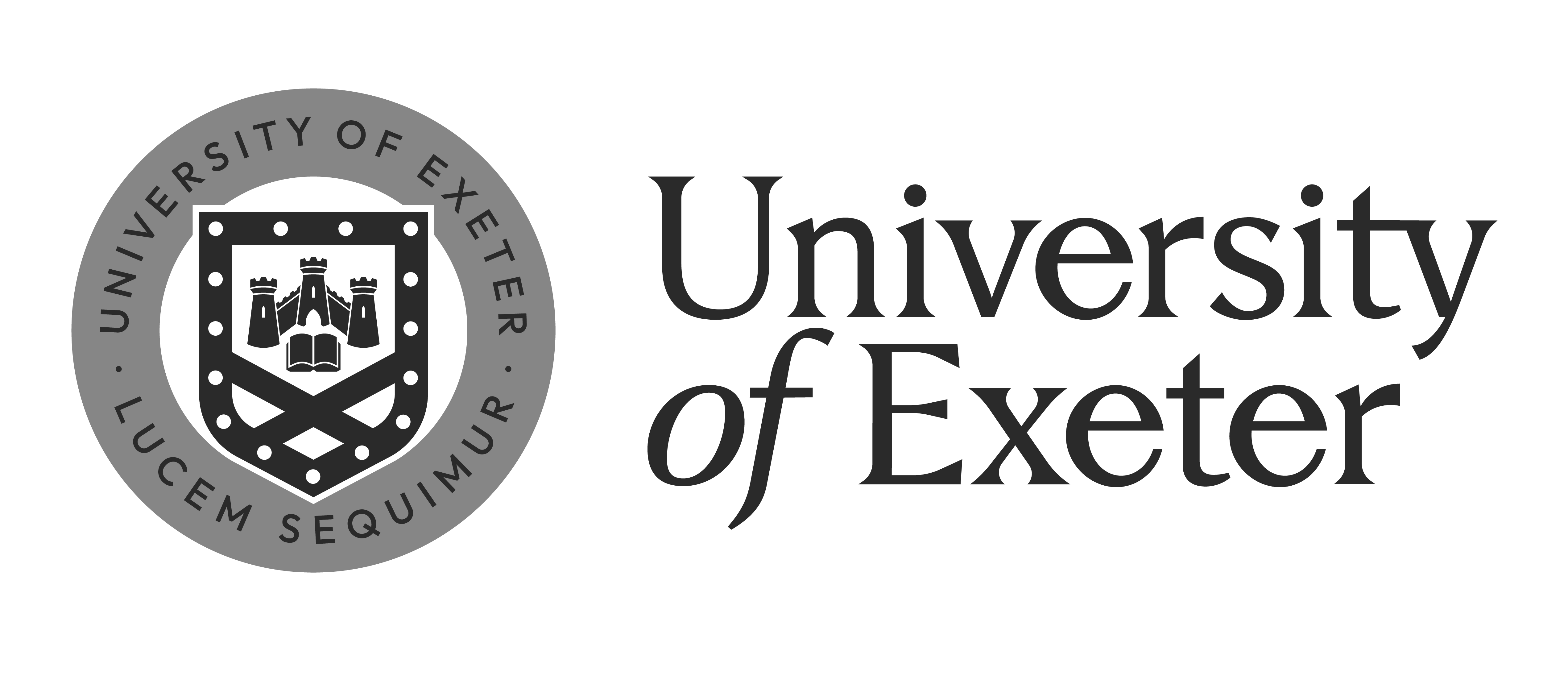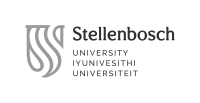F1816 Sino-Japanese Rivalry over the Aid, Trade, and Investment Triangle in Emerging Asia
Professors
Schedule
Course description
This course is part of the “Global Governance for Peace and Security, Cooperation and Development (Global Challenges Core)” lecture. It focuses on the economic rivalry between China and Japan in East Asia and other emerging economies by examining the strategic economic motives and calculations of the two economic giants. This lecture is centered on the “triangular” relationship among foreign aid, trade (especially export), and direct investment, which was initiated by Japan in the 1980s and has been followed by China since approximately the 2000s. Japanese aid has long been viewed as being driven by commercial motives, such as ensuring the expansion of exports and access to necessary raw material imports. On the other hand, foreign direct investment (FDI) is viewed as a factor that promotes exports. During the 1980s and 1990s, Japan became the largest single donor of aid, as well as the largest investor and trader, in the world. However, toward the end of the 1990s, Japanese aid was cut down sharply as a result of domestic economic crises and major scandals involving official development assistance (ODA) and, subsequently, Japan could never reclaim its “aid superpower” status. During the 2000s, China, once the largest recipient of ODA from Japan, emerged as the world’s second largest economy and gradually replaced Japan’s position in the scenarios of international trade, FDI and, eventually, ODA. Today, these two aid powers are competing for market share in emerging economies in Asia and other parts of the world.
This lecture consists of three parts. The first part overviews the origin of economic aid in Japan following the end of World War II. In Japan, ODA was started as a war reparation strategy for Southeast Asian countries, and it gradually started emphasizing the expansion of trade. Further, following the oil crisis in the early 1970s, ODA became more driven by security strategy interests, and extensive aid was offered to the Middle East During this time, the triangular model of aid was established. By the end of the 1980s, its export surplus with Western countries pressured Japan to increase its overseas aid and investment. During the mid-1990s, the economic bubble in Japan collapsed, and the country gradually lost its position as a world economic power.
The second part of the lecture examines the emergence of Chinese foreign aid. During the early 2000s, China emerged as an economic giant and became the world’s largest donor of foreign aid. However, not much is known about Chinese aid since China is not a member of the Organization for Economic Cooperation and Development, whose member countries are required to report the types and amounts of aid donated by them. Finally, China adopted Japan’s triangular model of aid donation.
The third part of the lecture comprises some case studies in East Asia, where the two aid powers are currently competing, and examines the possibilities of their future strategic cooperation. There is severe competition between Japan and China since both emphasize infrastructure development. More countries are becoming friendlier to China. In an increasing number of Southeast Asian countries, public polls show China is the most reliable country in terms of economic partnership. Is a win-win cooperation between the two aid powers possible or even feasible?
Learning outcomes
Students will be able to understand the economic and political motivations of ODA and be introduced to the concept of “aid diplomacy,” whereby China and Japan compete or survive each other in their spheres of influence.
Teaching method
Seminar style
Evaluation method
Class participation: 20%
Weekly assignments: 20%
Final paper and presentation: 60%
Bibliography
Lancaster, Carol (2007), Foreign Aid: Diplomacy, Development, Domestic Politics, University of Chicago Press
Ministry of Foreign Affairs of Japan (various years), White Paper on Development Cooperation. http://www.mofa.go.jp/policy/oda/page_000017.html
Complete reading materials will be distributed in class.
No previous knowledge required.


















